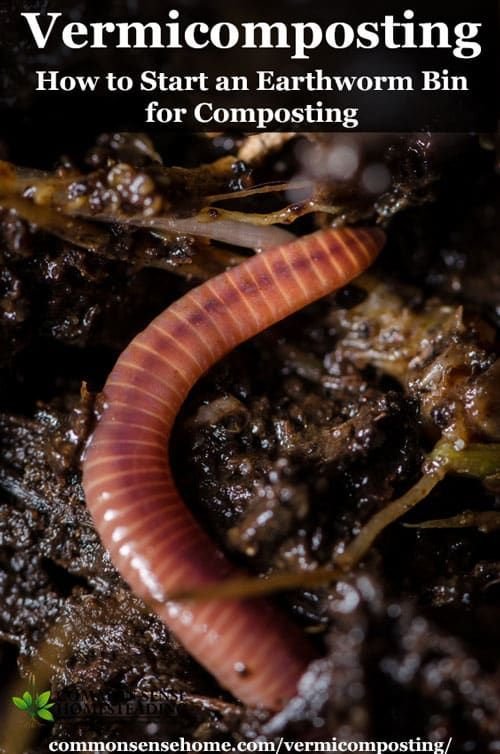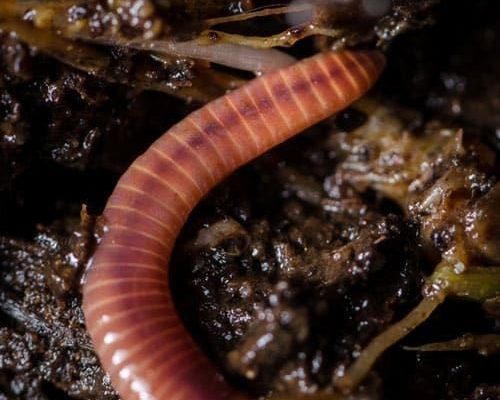
But not all earthworms are created equal when it comes to vermicomposting. Just like different tools serve various purposes, some worm species are much better suited for this task than others. In this article, we’re diving into the **top five earthworm species** that excel at vermicomposting, giving you everything you need to know to kickstart your composting adventure!
1. Red Wiggler Worms (Eisenia fetida)
Red wigglers, also known as **composting worms**, are perhaps the most popular choice for vermicomposting. If you picture a worm that thrives in decaying materials, you’re thinking of these guys. They typically grow to about three to four inches long and have a vibrant red hue, which makes them easy to spot.
One of the reasons red wigglers are favored is their **appetite**. They can consume half their body weight in organic matter each day. That means if you have a pound of red wigglers, they could munch through half a pound of waste daily! They prefer to live near the surface, so they interact more directly with the compost pile, speeding up the decomposition process.
The ideal temperature for red wigglers is between 55°F and 77°F, making them perfect for indoor composting. Plus, they reproduce quickly, so with a little care, your worm population can grow in no time. However, be mindful not to overfeed them as it can lead to odor problems!
2. European Nightcrawlers (Eisenia hortensis)
European nightcrawlers are another great option for vermicomposting. These worms can grow larger than red wigglers, reaching up to eight inches in length. They’re often a little sturdier, and they can handle a wider range of temperatures. They thrive in conditions between 50°F and 75°F, which makes them versatile for various composting situations.
Interestingly, European nightcrawlers are good at aerating compost piles. They tend to burrow deeper into the compost, helping create air pockets. This aeration is essential because it ensures proper oxygen flow, which is vital for healthy microbial activity in your compost. You might be wondering if they’re as efficient at breaking down waste as red wigglers — and while they don’t eat as much, they still get the job done beautifully.
On top of that, their castings—worm poop, to put it plainly—are excellent for your garden. They contain essential nutrients and beneficial microorganisms that help plants thrive, making them a double-duty asset to your composting efforts.
3. African Nightcrawlers (Eudrilus eugeniae)
If you’re looking for a worm that brings some serious strength to your composting game, consider the African nightcrawler. These worms are notable for their size, often reaching up to ten inches long, and they come packed with impressive eating abilities. They thrive in warmer climates, with an optimal temperature range between 68°F and 86°F.
One of the standout features of African nightcrawlers is their rapid growth rate. They can reproduce quickly, providing a continuous supply of composting power. This fast reproduction makes them a fantastic option for large-scale vermicomposting projects. Just think about how many food scraps you can process when you have a healthy population of these worms working away!
In terms of digestion, they can break down large volumes of organic matter, which is especially useful if you’re composting kitchen scraps, leaves, and other yard waste. Their nutrient-rich castings are golden for enriching your garden soil, too, providing plants with a natural boost.
4. Indian Blue Worms (Perionyx excavatus)
You might not have heard of Indian blue worms before, but these unique species are excellent for tropical composting. They are smaller compared to others on this list, usually reaching about four inches, but they pack a punch in terms of efficiency. They prefer temperatures between 70°F and 80°F, so they thrive in warmer environments.
Indian blue worms are known for their speed! They’re voracious eaters and can consume up to their body weight in organic matter every day. Just imagine how quickly you can turn kitchen scraps into compost with these little guys on the job!
However, one thing to keep in mind is that they’re a bit sensitive to cold. If temperatures drop too low, they might slow down or stop eating altogether. But when conditions are right, they thrive and produce exceptional worm castings that help nourish your garden.
5. White Worms (Enchytraeus albidus)
Last but not least, we have the fascinating white worm. These little critters are quite different from their larger, wigglier counterparts. Typically reaching about three inches in length, they are known for their pale color and unique life cycle. White worms thrive in cooler conditions compared to others and are often used in aquaponics and bait for fishing.
While they don’t consume waste as voraciously as some other species, they play a crucial role in breaking down matter in compost piles. They’re excellent at helping with the decomposition of finer materials and can help create a more balanced environment in your compost.
They enjoy temperatures between 50°F and 70°F and can be a solid addition to your composting system. Their presence can enhance microbial activity, which is vital for a healthy compost ecosystem.
Choosing the Right Worm for Your Needs
Now that you’ve learned about these amazing earthworm species, the next step is figuring out which one is right for your vermicomposting project. Consider factors like your local climate, the volume of waste you plan to compost, and how much space you have.
Some species, like the red wigglers and European nightcrawlers, are more forgiving and versatile, making them ideal for beginners. If you’re looking to scale your efforts or are living in a warm environment, African nightcrawlers might be your best bet.
Ultimately, whatever worm you choose, just remember that they all need a little care and attention. Provide the right environment, and they will reward you with rich compost that your plants will love.
Vermicomposting can be an incredibly rewarding endeavor, and choosing the right earthworm species is key to your success. Whether you opt for red wigglers, European nightcrawlers, African nightcrawlers, Indian blue worms, or white worms, each one brings something unique to the table.
As you start your composting journey, think of your worms as tiny allies in your gardening efforts. They eat your kitchen scraps, produce nutrient-rich castings, and help create a healthier environment for your plants. So grab some worms, get your compost bin ready, and let nature do what it does best! Happy composting!

